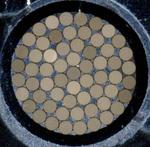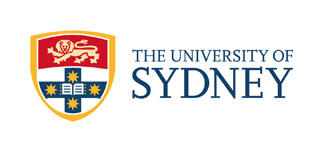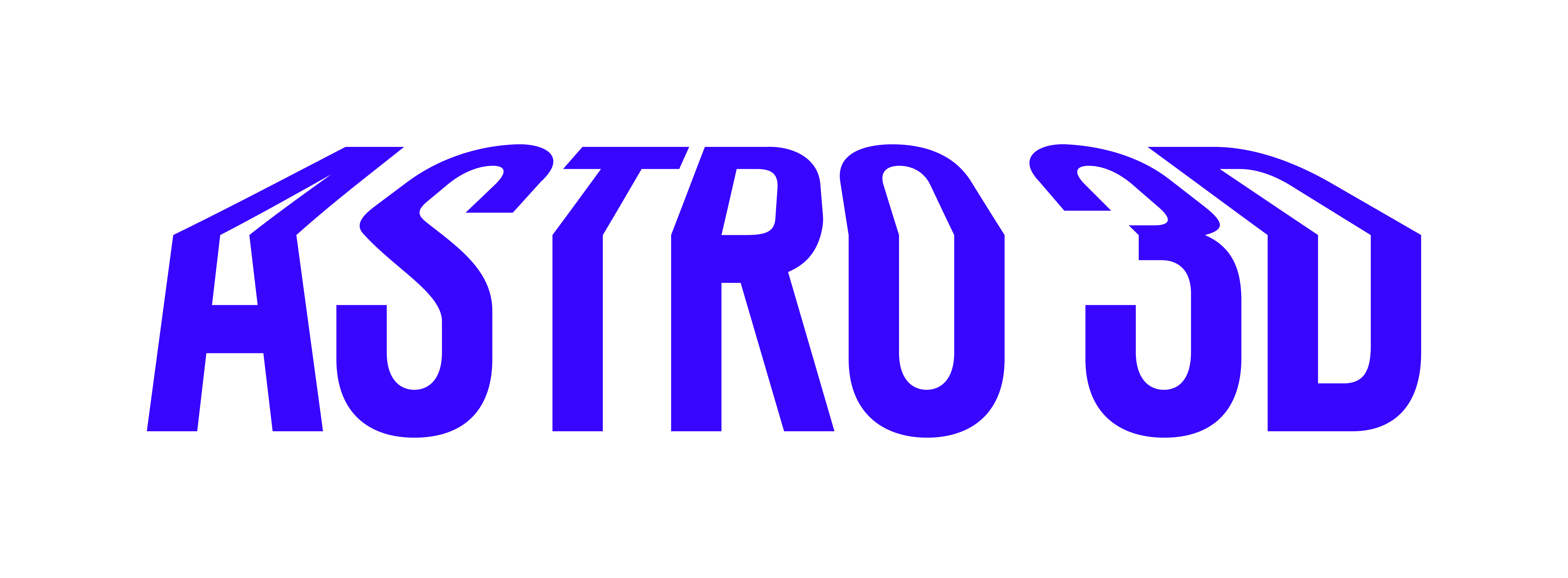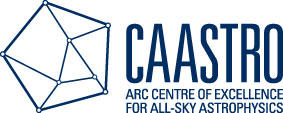The SAMI Galaxy Survey is a project to further our understanding of galaxy evolution using integral-field spectroscopy of 3400 galaxies at $z < 0.1$. The project uses the Sydney-AAO Multi-object Integral field spectrograph (SAMI; Croom et al., 2012) on the 3.9-metre Anglo-Australian Telescope (AAT), which allows simultaneous observations of up to 13 galaxies within a 1-degree-diameter field of view. The SAMI Galaxy Survey is being carried out by an international team which has been awarded over 150 nights on the AAT to carry out the project over 2013--2016. The key scientific drivers for the project include:
- How does a galaxy’s environment influence its evolution?
- How does gas get into and out of galaxies?
- How is mass and angular momentum built up in galaxies?
 At the core of the SAMI instrument are 13 hexabundles, each composed of 61x1.6 arcsec-diameter fibres fused to provide a high (~75%) fill factor (Bryant et al., 2014). Data is typically acquired in a 7-point dither pattern with total exposure time of 3.5 hours per field.
At the core of the SAMI instrument are 13 hexabundles, each composed of 61x1.6 arcsec-diameter fibres fused to provide a high (~75%) fill factor (Bryant et al., 2014). Data is typically acquired in a 7-point dither pattern with total exposure time of 3.5 hours per field.
The SAMI Galaxy Survey is targeting galaxies selected as a function of redshift and stellar mass. There is a field and group sample which is drawn from the Galaxy And Mass Assembly (GAMA) survey equatorial regions at 09hr, 12hr and 15hr RA. These fields cover an area of 144 square degrees. Exact coordinates of the GAMA regions (GAMA-I) are given below on the SAMI survey regions page.
The GAMA regions have uniquely broad multi-wavelength coverage as well as allowing detailed definition of environments, and so provide an ideal location for the SAMI Galaxy Survey. However, there are no massive clusters at z<0.1 in the GAMA survey volume and so to cover a full range of mass and environment we are also targeting 8 specific clusters which are also listed on the SAMI survey regions page.




